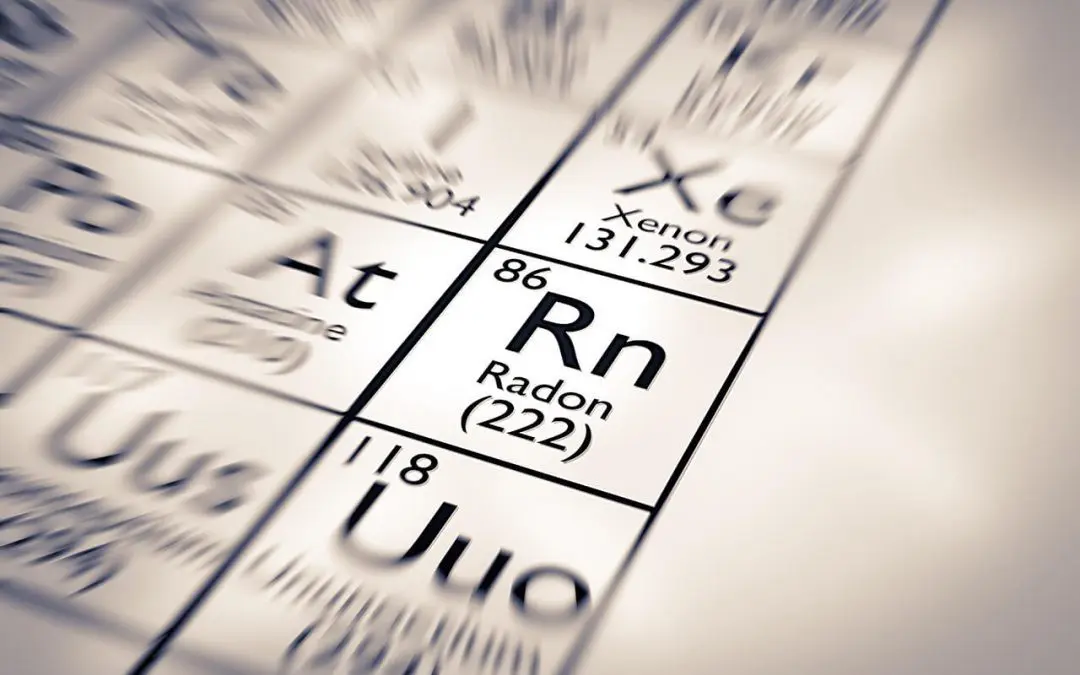What to Know About Radon in the Home
Radon is a naturally occurring radioactive gas that forms in soil, rock, and water when uranium breaks down. Radon in the home is a concern across the United States, whether your home is new or old.
What Is Radon and Why Should I Worry?
This colorless, odorless gas will lead to lung cancer if inhaled over time. According to the EPA, radon exposure causes about 21,000 lung cancer deaths every year in the United States.
Structures built on soil tend to have higher levels of radon in the home because the gas seeps into cracks and small openings in foundations, basements, and crawl spaces. Because of geological aspects, radon can be more of a problem in certain regions than in others.
The age of your home also factors into potential problems with radon. Construction methods have improved over the past several decades and allowed for tighter construction that can prevent radon from seeping in.
No matter how safe you believe your home is, radon testing is always recommended for all homes because it’s inexpensive, easy to do, and the results can potentially save your life. The best way to find out the levels of radon in the home is by hiring a professional to test for it.
What Are the Symptoms of Radon Exposure?
Symptoms of radon exposure and elevated levels of radon in the home may resemble those of the flu or other illnesses. However, it takes years of radon exposure before some or any of these show, which is why it’s critical to test your home for the gas. Symptoms include:
- Shortness of breath
- Persistent, hacking cough
- Chest pain and tightness
- Pounding heartbeat or palpitations
- Difficulty breathing when at rest
- Nausea and vomiting
- Abdominal discomfort
If you’ve been in your home for some time, it’s not been tested, and any household members are experiencing these symptoms regularly, it could indicate elevated radon levels in the air.
Who Should Do Testing?
While many hardware stores carry consumer-grade radon testing kits, they aren’t always accurate.
When you purchase and use a do-it-yourself radon kit, your results could be significantly skewed or wrong because many factors can affect the test. For example, the temperature outside when you perform your test and the number of hours that have passed since you last used your HVAC system both affect results.
In addition to being too high, radon levels could get misreported because of user error. Several steps are involved in performing a radon test, and if you don’t do everything correctly, the test will skew your measurements. For example, moving the test device to another floor after it has been on the ground level might affect results.
Experts recommend hiring a professional home inspector to get accurate radon test results. In doing so, you’ll get long-term peace of mind that the radon levels fall below or within an acceptable and safe range.
Why You Need to Test for Radon
Because radon is undetectable with senses alone, you won’t know you have a problem until it’s too late. The EPA recommends testing all homes regardless if it has a slab foundation or a crawl space, as either home could contain elevated levels of radon.
For all the reasons listed above, it’s essential to have your home tested if you suspect there could be high levels of radon in your home. The only way to know for sure is to have it tested by a professional to verify that you get accurate results.
TMK Inspections provides home inspection services to Southeast Pennsylvania. Contact us to test your home for radon.

